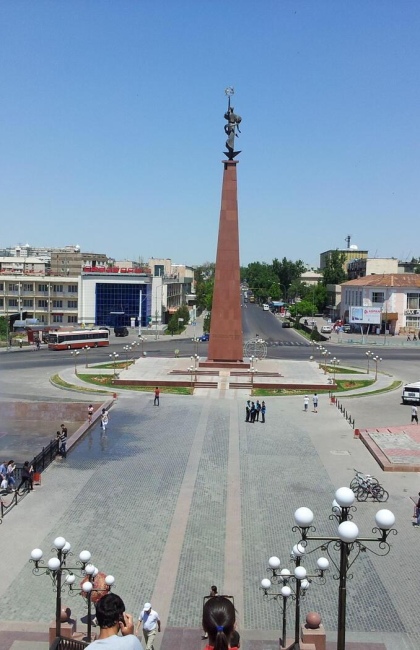South Kazakhstan Museum of Local History
The South Kazakhstan Museum of Local History, also known as the Turkistan Museum of Local History, originated in the 1920s in Shymkent. Over the course of a century, the museum has undergone multiple name and location changes, evolving into one of the country's largest and most culturally significant institutions.
The museum unfolds the history not only of the city but also the entire region, delving into diverse categories:
- Nature and Paleontology
- Archaeological Finds
- Period of the Kazakh Khanate
- Independent Kazakhstan

Within these halls, visitors encounter original artifacts spanning various eras (Paleolithic, Neolithic, etc.) and gain insights into the lifestyles of ancient tribes such as the Scythians, Uysuns, Kangly, and more. The Nature Hall houses a significant collection of minerals. Another room provides a glimpse into the interior of a traditional nomadic yurt, highlighting the dwelling style of ancient tribes.
The museum's primary mission is to offer a comprehensive exploration of Kazakhstan's history, guiding visitors from ancient nomadic civilizations through the medieval period under the leadership of khans. It covers pivotal moments in the country's history, including challenging times such as the Holodomor, political repressions, World War II, the struggle for independence, and the contemporary era, portraying Kazakhstan as a robust and developing state.
Overall, the museum's extensive collection comprises over 88,000 rare artifacts, cultural and archaeological discoveries, alongside a rich library fund, numismatics, and ethnography collections. Visitors are invited to immerse themselves in the captivating narrative of Kazakhstan's past, present, and future through this diverse and invaluable collection.

How to get there?
Address: Shymkent, 115A Baidibek Bi Ave.
You can get to the museum by buses No. 17, 52, 66, 75, 103, 126, 150, 171, and 171A.
Opening hours:
Tue-Sun from 9:00 AM to 6:00 PM
Mon and Sat – closed

